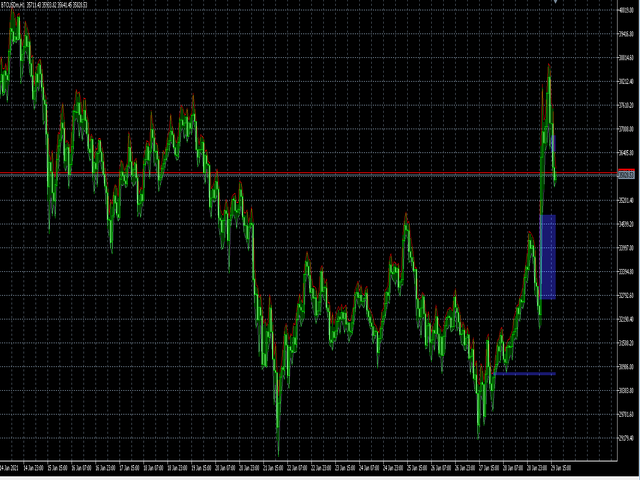What is Imbalance?
imbalance
noun
- lack of proportion or relation between corresponding things.
Who Takes The Other Side Of Your Position?
If you manage to buy while there is an impulsive bullish move someone has to sell to you. This means that whoever provided liquidity to you will be in a loss while the market rises. We know that banks and large financial institutions act as liquidity providers therefore they more than likely are on the other side of your position therefore as the market rises they are sitting with a position that is in drawdown.
Why Does Price Return to Imbalanced Areas?
Big banks and large financial institutions will want to close their sell positions at break even or in profit. How do they do this? They manipulate the market in order to fill the imbalances that were created by the impulsive move. Once the imbalance/inefficiency has been filled the market tends to reverse and continue with its original trend.
How Does Using Imbalance Improve Your Trading?
When you incorporate imbalance into your trading it can significantly help you identify high probability reversal zones and it helps you determine where price will be drawn to.
How Does The Arielfx Imbalance indicator work?
The imbalance indicator was created by a team of professional institutionally funded traders. The indicator has a look back period where it will show imbalance on the chart. There are input variables to control the amount of candles in the look back period and to control the minimum size of the imbalance.
If You Have Any Further Questions Feel Free to Send Me a Message On Telegram!
@Charlie2202
[spoiler title=”Read More…”]
- lack of proportion or relation between corresponding things.
Who Takes The Other Side Of Your Position?
If you manage to buy while there is an impulsive bullish move someone has to sell to you. This means that whoever provided liquidity to you will be in a loss while the market rises. We know that banks and large financial institutions act as liquidity providers therefore they more than likely are on the other side of your position therefore as the market rises they are sitting with a position that is in drawdown.
Why Does Price Return to Imbalanced Areas?
Big banks and large financial institutions will want to close their sell positions at break even or in profit. How do they do this? They manipulate the market in order to fill the imbalances that were created by the impulsive move. Once the imbalance/inefficiency has been filled the market tends to reverse and continue with its original trend.
- lack of proportion or relation between corresponding things.
Who Takes The Other Side Of Your Position?
If you manage to buy while there is an impulsive bullish move someone has to sell to you. This means that whoever provided liquidity to you will be in a loss while the market rises. We know that banks and large financial institutions act as liquidity providers therefore they more than likely are on the other side of your position therefore as the market rises they are sitting with a position that is in drawdown.
Why Does Price Return to Imbalanced Areas?
Who Takes The Other Side Of Your Position?
If you manage to buy while there is an impulsive bullish move someone has to sell to you. This means that whoever provided liquidity to you will be in a loss while the market rises. We know that banks and large financial institutions act as liquidity providers therefore they more than likely are on the other side of your position therefore as the market rises they are sitting with a position that is in drawdown.
Why Does Price Return to Imbalanced Areas?
When you incorporate imbalance into your trading it can significantly help you identify high probability reversal zones and it helps you determine where price will be drawn to.
[/spoiler]





